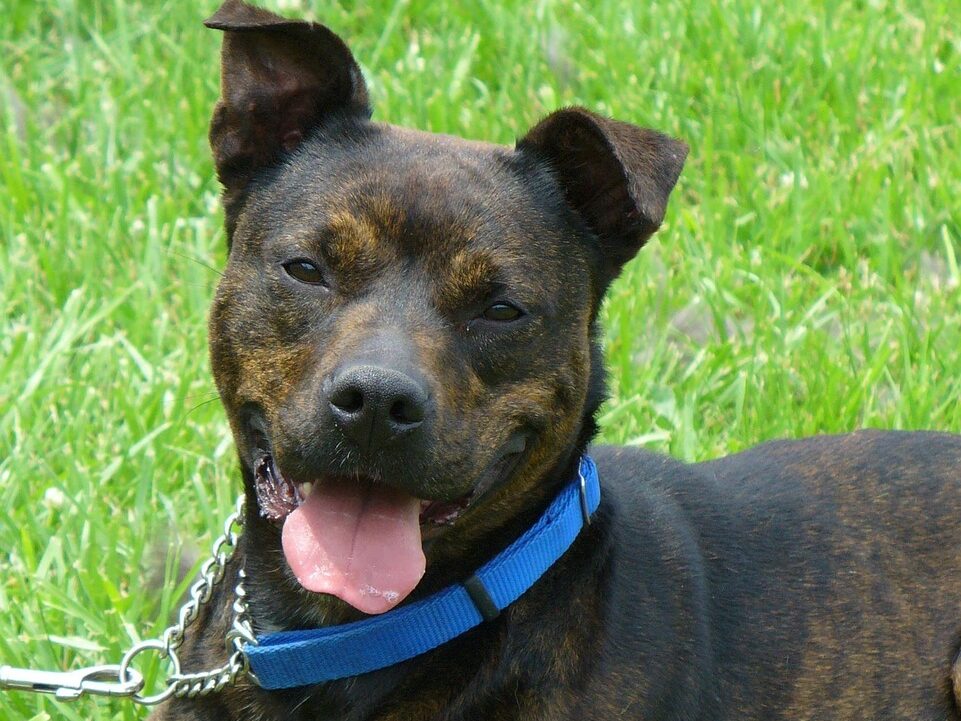
Dog breeds have different wiring when it comes to living with other animals. Some just can’t do it. Training helps, but it doesn’t override what’s built into them genetically. Certain breeds see cats as prey or get possessive over space and attention. Others have hunting backgrounds that surface no matter how domestic their lives become. Anyone with existing pets needs to know which breeds bring these challenges.
Akitas Guard What They Consider Theirs
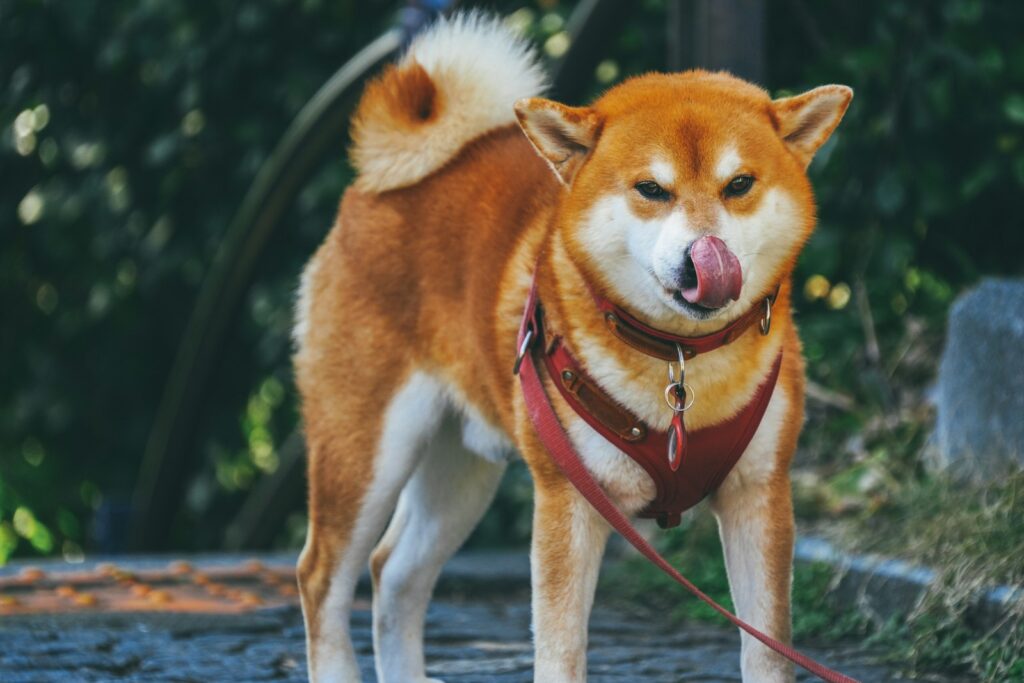
An Akita views its home like personal property. Cats or other dogs moving through those rooms aren’t welcome guests. Originally bred for hunting bears and boars in Japan, these dogs possess serious protective instincts. When another animal enters their space, the Akita remains still and watches. That stare doesn’t break. Tension builds in the house because the dog never truly relaxes around other pets.
Chow Chows Reject Companionship
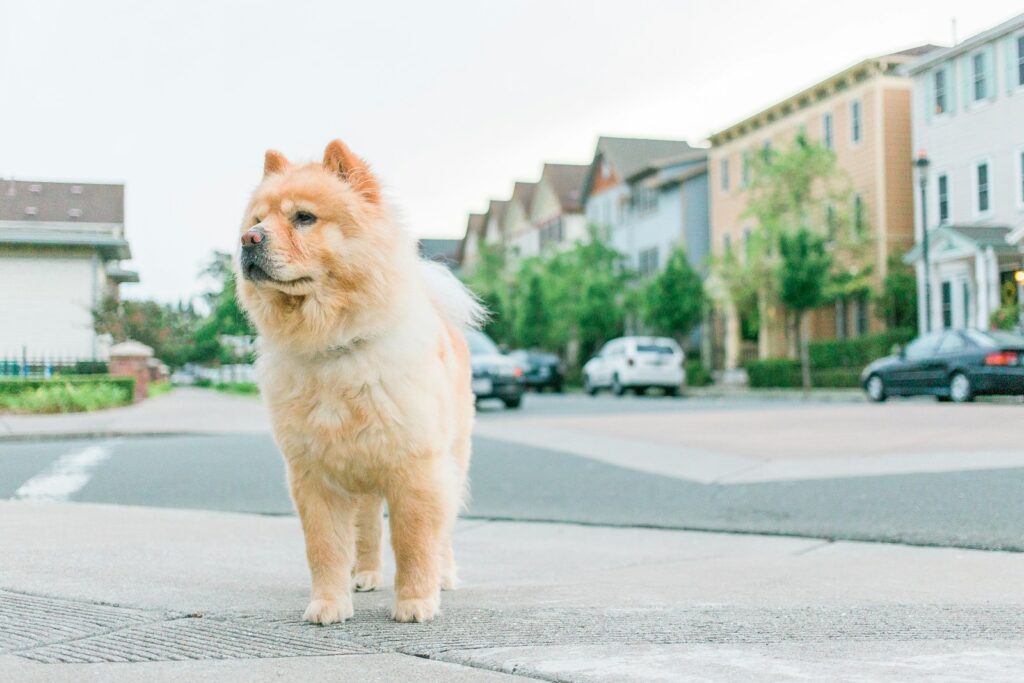
Chow Chows don’t seek out friendships with other animals. The breed maintains distance from everyone except their chosen person. Adding a second pet usually results in the Chow withdrawing further or showing outright hostility. These dogs can spend entire afternoons sitting in the same corner, watching a family cat, but never interacting with it. Their aloofness isn’t shyness. It’s a deliberate choice to remain separate from whatever else shares the house.
Jack Russell Terriers Can’t Resist the Chase

Fox hunting created the Jack Russell. The breed was supposed to chase game into tight spaces underground and not give up. Suburban homes don’t change that wiring. Put a hamster cage anywhere in the house, and the terrier finds it. And hours can pass with the dog sitting underneath, completely focused. Other pets get exhausted by that energy. The Jack Russell isn’t trying to cause problems, but stopping that chase instinct is nearly impossible.
Siberian Huskies Follow Ancient Hunting Patterns

Huskies survived Siberian winters partly through hunting. Small animals meant food. That’s still in them. Cats trigger something automatic in these dogs. The clicking sound of claws on hard floors makes a Husky freeze and focus. Growing up together doesn’t always help. A cat moves fast, and the dog drops into a crouch by the furniture. Muscles go tight. Everything in the Husky shifts toward chase mode.
Pit Bull Terriers Show Aggression Toward Other Dogs

People often love their Pit Bulls. The dogs bond intensely with humans. Other dogs are a different story. Many Pit Bulls show aggression toward them. Cats sometimes trigger chase. The fighting history of this breed has left genetic traces that appear unpredictably. Walking down the street requires crossing to the other side when another dog appears. Some Pit Bulls sleep right on the bed, but won’t share a home with any other animal.
Afghan Hounds React to Movement
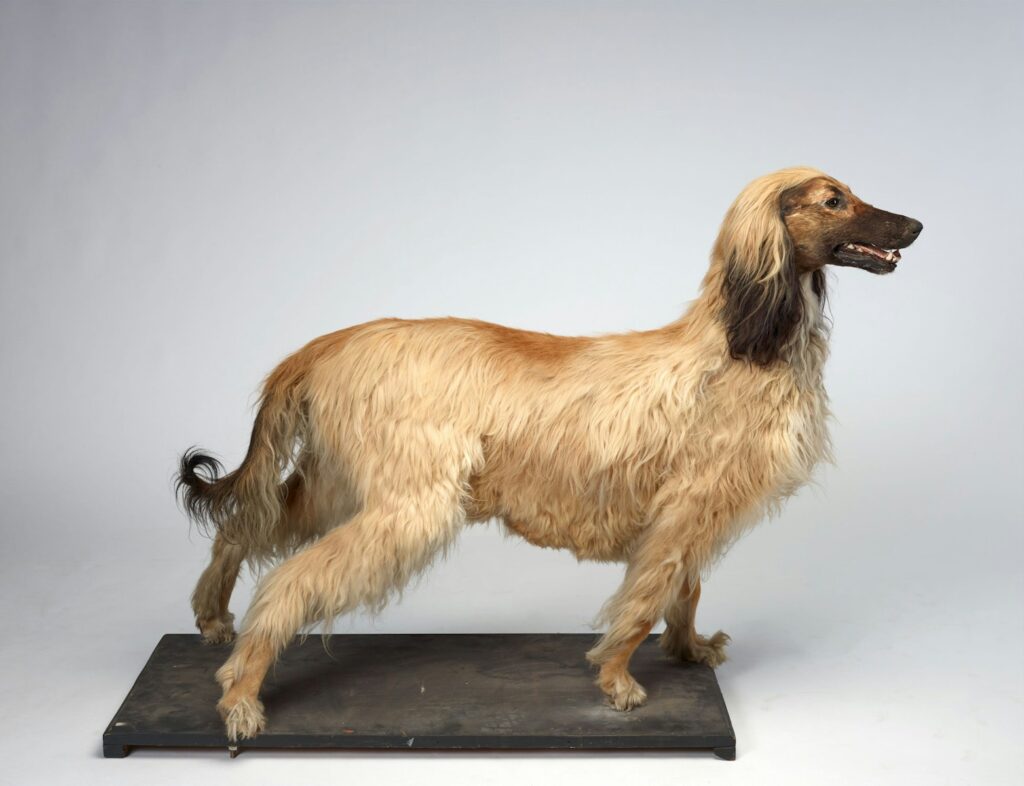
Afghan Hounds look graceful and slow until something moves quickly. Then their sighthound heritage takes over. They were bred to chase down gazelles across open ground. A cat jumping off furniture triggers that same response before anyone can intervene. The dog’s body language shifts completely in those moments. What seemed like a lazy afternoon by the window turns into chaos within seconds.
Basenjis Hunt Without Making a Sound

Basenjis don’t bark, but they were bred to track game through African forests. And their prey drive remains sharp. This dog might sit motionless for long stretches, just staring and calculating its next move. That silence makes them more unsettling to other pets. There’s no warning growl or bark—just patient, unwavering attention.
Weimaraners Demand Sole Attention

Weimaraners attach to their person obsessively. Sharing that person with another pet doesn’t work for them. Bring home a cat or a second dog, and jealousy appears immediately. Aggression or destroyed furniture often follows. Hunters bred these dogs as individual working partners. Packs weren’t part of the plan. A Weimaraner expects to be the only animal receiving attention. Competition isn’t something they handle.
Scottish Terriers Defend Their Territory Fiercely
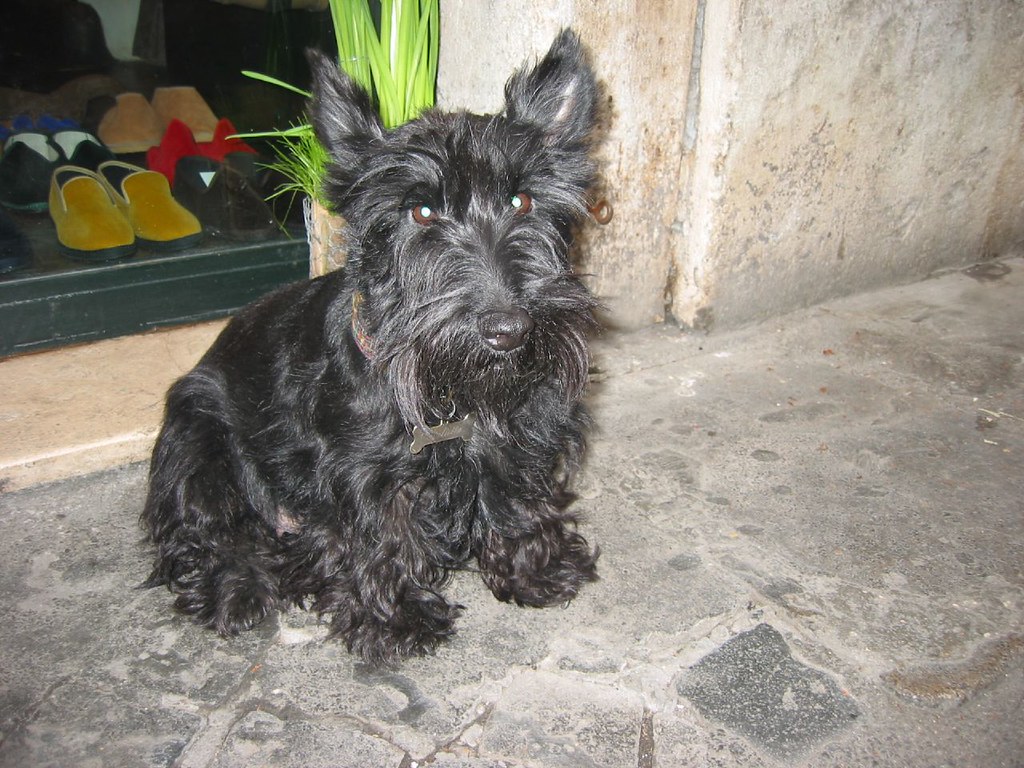
Small body, massive attitude. That’s a Scottish Terrier. Badger hunting requires serious courage because those animals fight back hard underground. Scotties still possess that boldness, which makes them territorial. A favorite chair becomes off-limits to other pets. Sections of the yard get claimed. Other animals approaching those spots get reactions. The breed doesn’t adjust or compromise about space. Water bowls sitting on the floor can start conflicts.
Airedale Terriers Establish Dominance
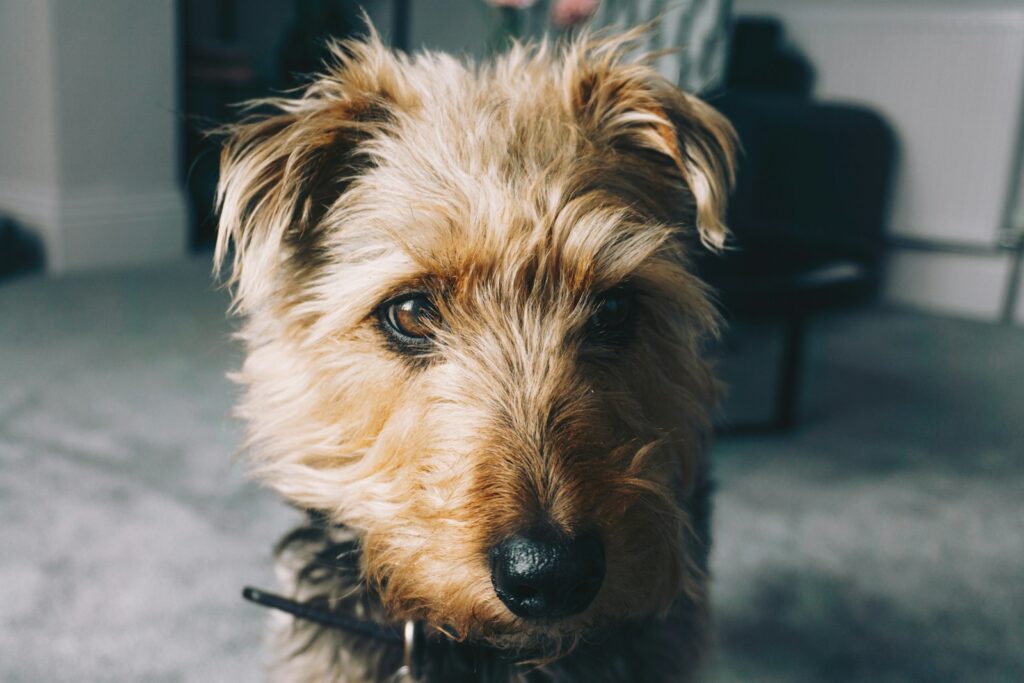
Airedale is one of the largest of the terrier breeds. Size backs up their confident personalities. Any situation with other animals becomes a question of who’s in charge. And the Airedale decides who it should be. Smaller pets face real danger in confrontations. Otter hunting shaped this breed, giving them both a strong prey drive and territorial tendencies. Doorways can become test points, and an Airedale sitting there won’t budge for a cat.
Shiba Inus Choose Solitude
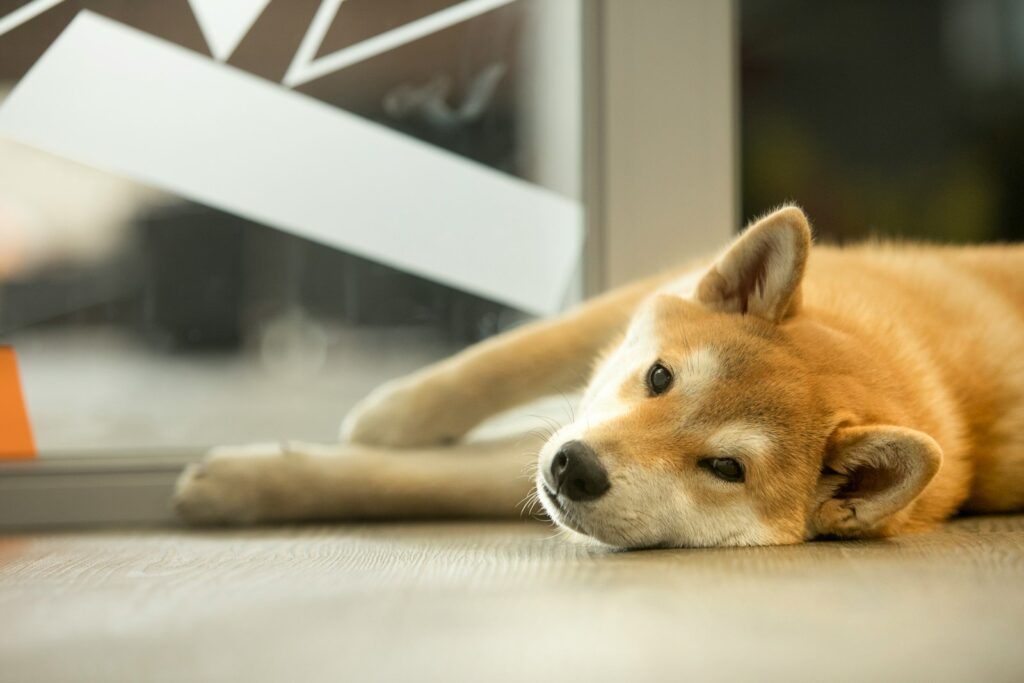
Shiba Inus bond with one person and tolerate everyone else. Other pets fall into the category of things to tolerate at best. The breed shows cat-like independence and just as much indifference toward housemates. They have strong prey drives toward actual cats, though. A Shiba might ignore its owner’s attempts at introducing a new dog while fixating on birds visible through the window.
Australian Cattle Dogs Try to Control Everything

Australian Cattle Dogs were bred to manage livestock independently across vast distances. That herding instinct applies to every moving thing in their environment. Other pets get nipped, circled, and corralled whether they like it or not. A cat trying to walk through the living room gets redirected by the dog who thinks it’s helping. The behavior doesn’t stop. It’s what the breed was designed to do.
Rhodesian Ridgebacks Carry Lion-Hunting Genetics
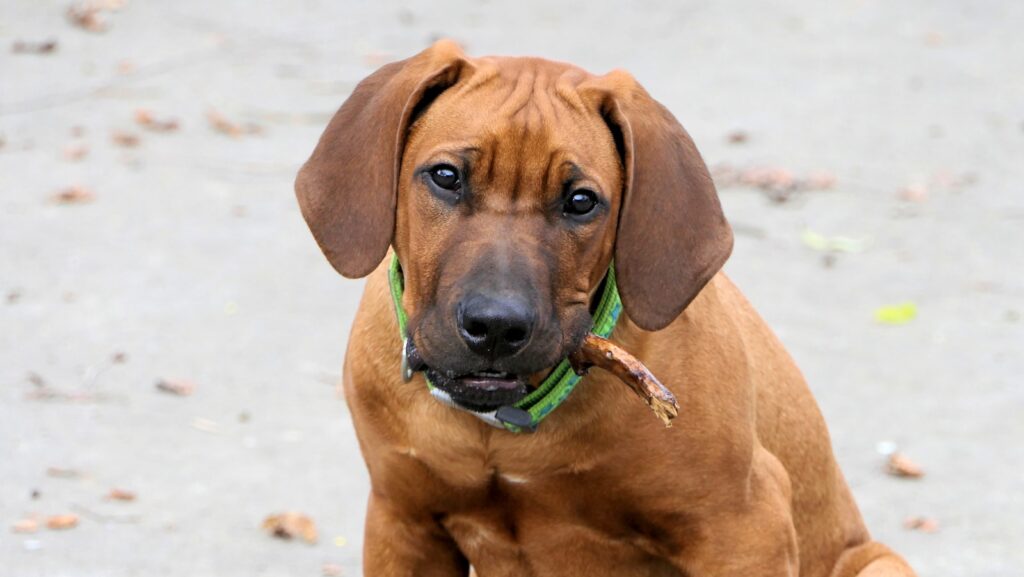
Africa’s lion hunters gave rise to the Rhodesian Ridgeback. That level of prey drive and courage doesn’t mix safely with smaller household animals. Even longtime companion pets might trigger instincts when play gets intense. These are big dogs and accidents can happen. A Ridgeback standing at the door during evening hours isn’t just looking outside. Those eyes track movement the way a hunter watches for prey.
Doberman Pinschers Guard Against All Threats

Dobermans are protection dogs by design. They interpret other pets as potential threats to their family or as competitors for attention. Their guarding instinct makes them reactive when animals enter rooms or approach their owner. These dogs are powerful enough that even their play looks aggressive to smaller pets. A Doberman settling on the floor near the bedroom door positions itself between its owner and everything else in the house.
Alaskan Malamutes Demand Pack Leadership
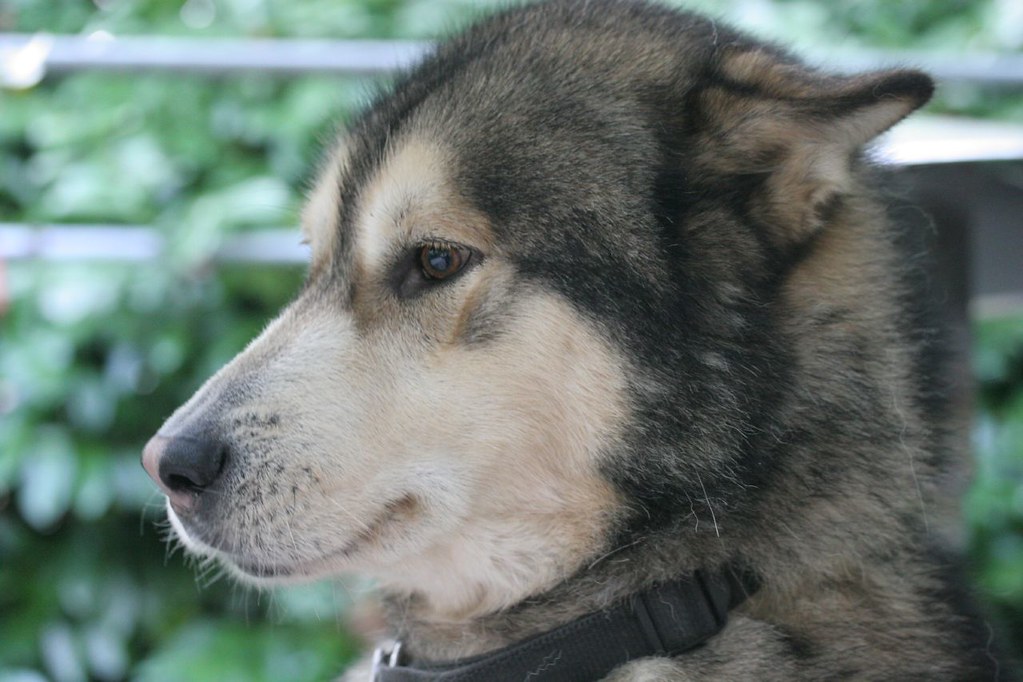
Alaskan Malamutes require establishing a hierarchy. They don’t share leadership roles with other dogs, and they view cats as prey. These dogs were bred to work in teams but also to think independently during dangerous conditions. That combination creates animals that decide on their own pack order. A Malamute won’t accept another dog walking ahead of it through doorways. It pushes past regardless of what the owner wants.

